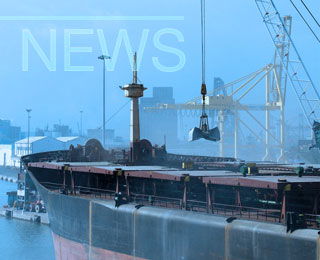The four major cement producers: France’s Lafarge, Switzerland’s Holcim, Germany’s Heidelberg Cement AG and Cemex -- are aggressively pushing independent traders out of even far-flung markets, according to Nader Dajani, head of Amman-based CTI, a holding company for cement trading houses and owners of floating cement terminals, Their acquisitions of local cement companies in the Middle East and Southeast Asia have reduced independent traders to 10 per cent of the market from over 60 percent a decade ago, Dajani estimated. "They are cutting us from the source by acquisitions and agreeing with independent producers to uplift their cement exclusively, even at higher prices," he said.
The four companies, with their trading houses and more access to supplies from the industry, now handle 50-60Mt of cement annually, the bulk of "global trade
across waters", Dajani said. Global trade is a fraction of world cement production. "We want to exist within the system, but we are being strangled. The producers created the trading houses to control the quantities. It’s not a very healthy environment," Dajani said. China, with its production of over 700Mt of cement annually, is the last bastion left for independents to secure sourcing for their trade, he added.
Dajani said the buyouts helped the cement giants dominate the main European market by preventing a flood of cheaper cement imports from the developing world. "Unless someone in the World Trade Organisation looks at this and says this is not right and that independence of trading has to be established and has to be protected in order to cover free competition and free trade, we will pack up soon," Dajani said.
